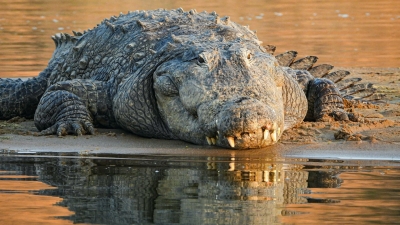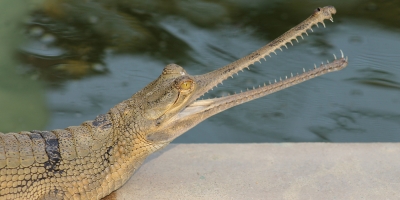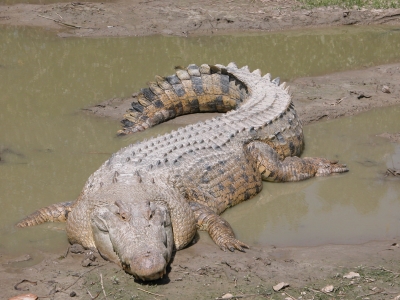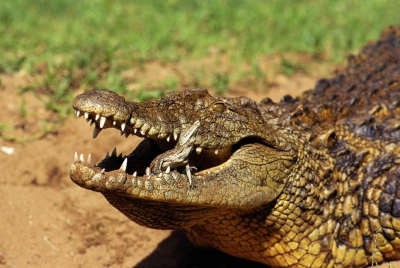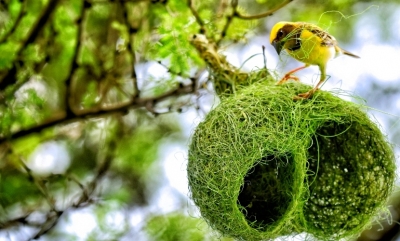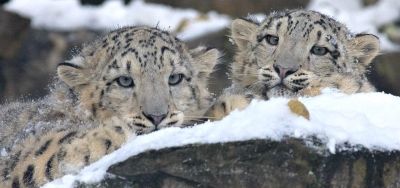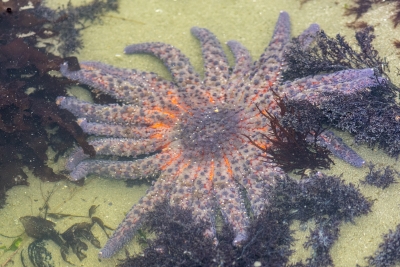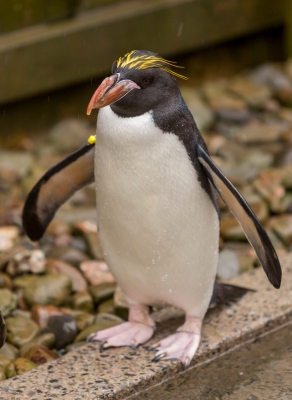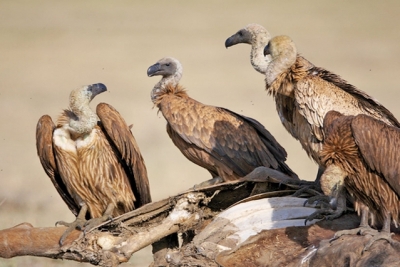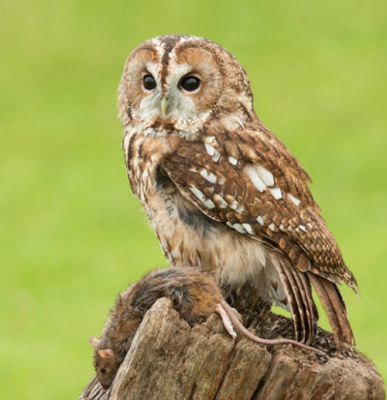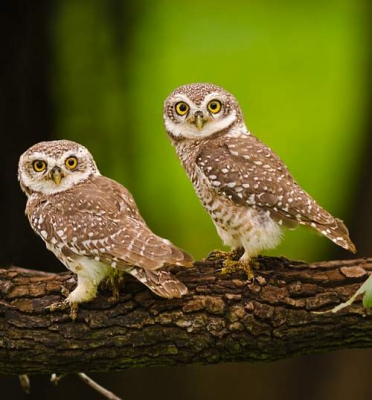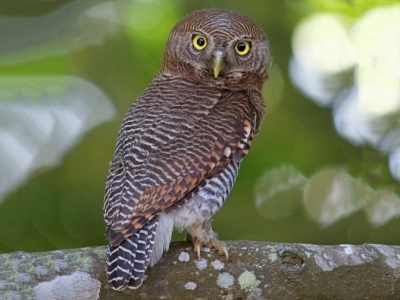Why do elephants have thick and wrinkled skin?
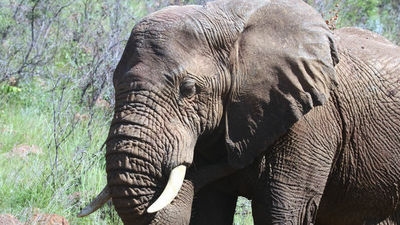
Elephant skin can be upto 1.5 inches thick in certain places. Despite this, an elephant's skin is very sensitive, to the point where it can feel a fly land on its back. The skin is also sensitive to changes in its environment. Surprisingly it is also sensitive to the sun, and baby elephants are even known to get sunburn.
Elephant skin, unlike human skin, is resistant to shedding, so the layers – particularly the super-tough top layer, the stratum corneum -- stick around longer before sloughing off. It also has a lot more keratin (the stuff that makes up fingernails) than human skin, so it's more durable. As this thick hide is subject to everyday movement, like bending and twisting, it quickly wrinkles, with layer upon layer of wrinkly skin serving as a complex system of channels that capture and hold moisture and dirt.
So when you see elephants basking in sloppy pools, spraying water and mud to and fro, they aren't just doing it for the hilarity. The filthy goo settles into the teensy cracks in their skin, some of which are just a micrometer across, about 50 times smaller than the naked human eye can detect. Continually wetted, the skin remains permeable, helping the animals stay cooler.
Interestingly, elephant skin doesn't just randomly wrinkle — it cracks in geometric shapes that approximate other common sights in our world, from drying mud to heat-shattered asphalt, or even geometrically precise rock breakage like the Giant's Causeway in Ireland. The result is a durable cooling system that keeps these gigantic mammals from cooking in their own thick skin on steamy summer days.
Credit : How Stuff Works
Picture Credit : Google

